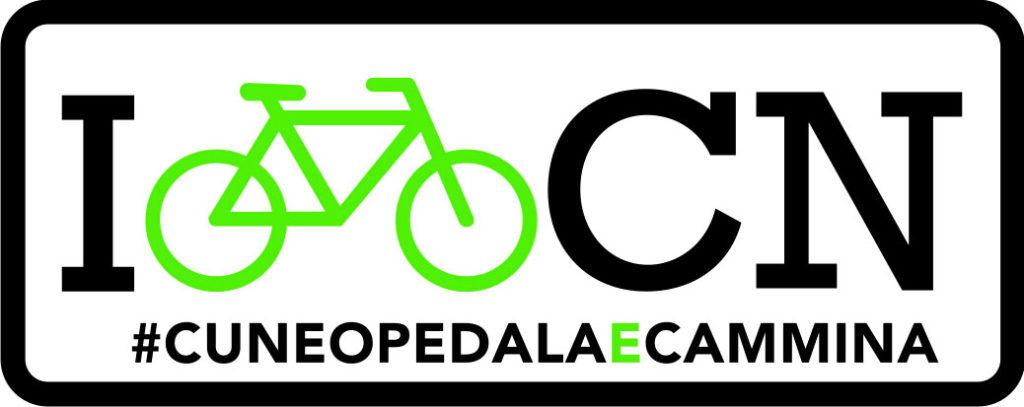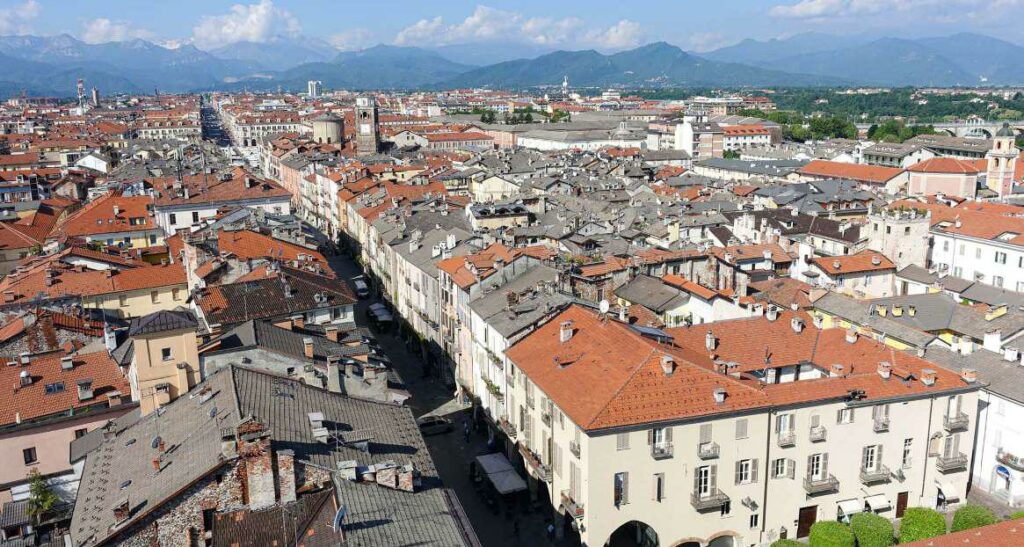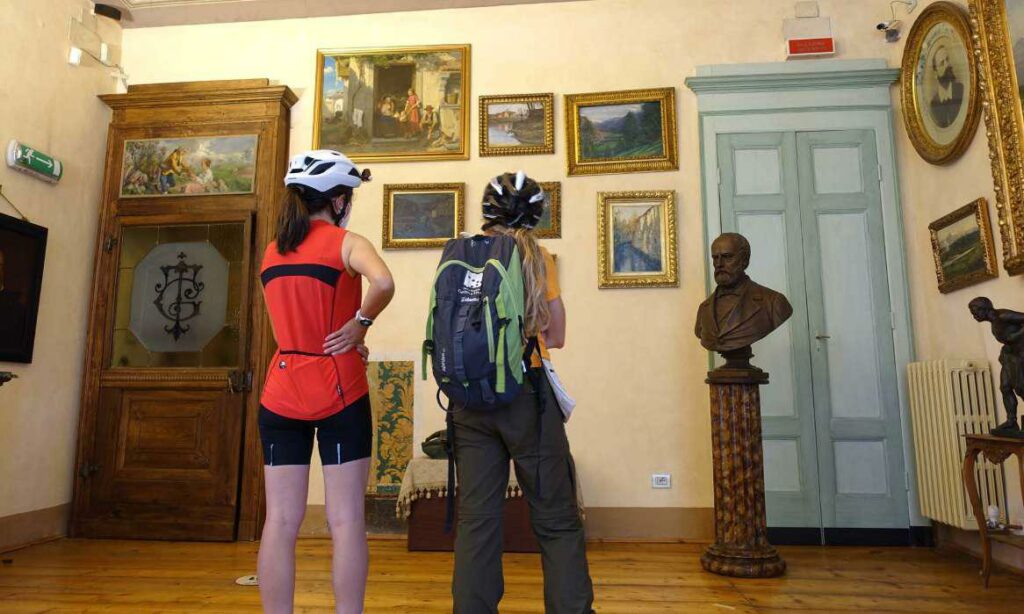The city centre of Cuneo stands on a triangular-shaped plateau, hence its “wedge-shaped” structure, and it is rich in historical, architectural and cultural charm, offering unique surprises also from a panoramic point of view.
Walking through the streets in the city centre, you will come across important public buildings, including the Town Hall and the Civic Tower. Religious complexes worthy of note are the Church of Santa Chiara and the Church of Santa Croce, an important example of Piedmontese Baroque architecture designed by Francesco Gallo, a monregalese architect.
The most fascinating sights are probably the narrow streets of Contrada Mondovì with the former Jewish ghetto and the synagogue and, nearby, Toselli Theatre. Its 13 kilometres of arcades make this city easy to walk (remember that bicycles must be pushed and not ridden under the arcades) and the restaurants here compete with each other to serve the best traditional local cuisines. Difficult to decide which is the best dining choice, but you can’t really go wrong with those on the centrally positioned Via Roma.
Huge Piazza Galimberti is the real heart of the city and also the market square on Tuesdays and venue for festivals. Its arcades are home to the Arione pastry shop, where even Hemingway stopped to buy the famous meringue, chocolate and rum cuneesi, still today exactly as this great American writer would have seen it.
Piazza Galimberti is named after the local hero, Duccio Galimberti, son of a minister and an Austrian intellectual. Trained as a lawyer, in July 1943 he stood at the window of his office in what was then Piazza Vittorio (which would become Piazza Galimberti in his honour) and addressed the crowd in the fight against Nazi-Fascism. He died in 1944 after being captured and tortured by his enemies, but thanks to his charisma he is still a key (and symbolic) figure of the Resistance.
Today it is possible to visit the Galimberti House Museum, which houses works of figurative art and reproduces a very interesting family environment.

 Français
Français Deutsch
Deutsch Italiano
Italiano

